Science and Technology:
I will want to see a video of myself doing sex with some cinema actresses 😍❤️
OpenAI’s premier text-to-video generator is coming in 2024, and the company is not ruling out AI-generated adult content.

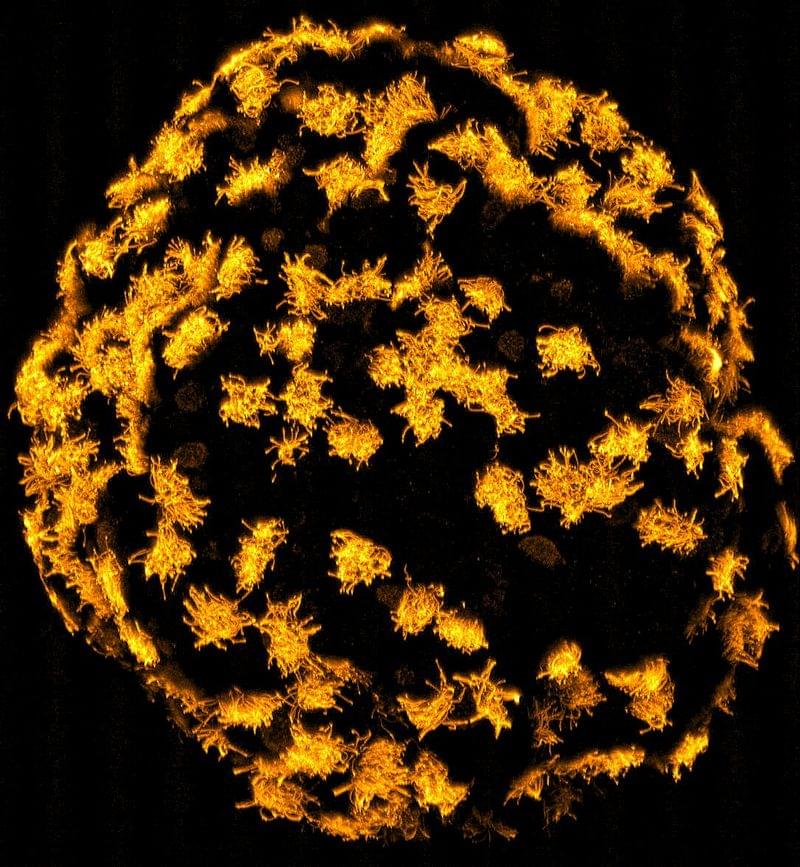
ABOVE: Blackiston and his colleagues dovetailed biology and robotics to generate biobots derived from frog stem cells. These biobots can move due to cilia, small hairlike structures that cover their surfaces. Douglas Blackiston and Sam Kriegman, licensed under CC BY 4.0.
Douglas Blackiston, a developmental biologist at Tufts University, has always been fascinated by transformation. Using uncommon model organisms, from caterpillars and butterflies to tadpoles and frogs, he investigates how biology is adaptive. In one of his favorite projects, Blackiston transplanted eyes into the tails of blind tadpoles, restoring their vision in a striking display of tissue plasticity. This led him to an unusual spin-off project, where his work in biology dovetailed with robotics. In this work, Blackiston and his colleagues repurposed frog stem cells into programmable synthetic organisms to explore the design space of cells and their interactions.
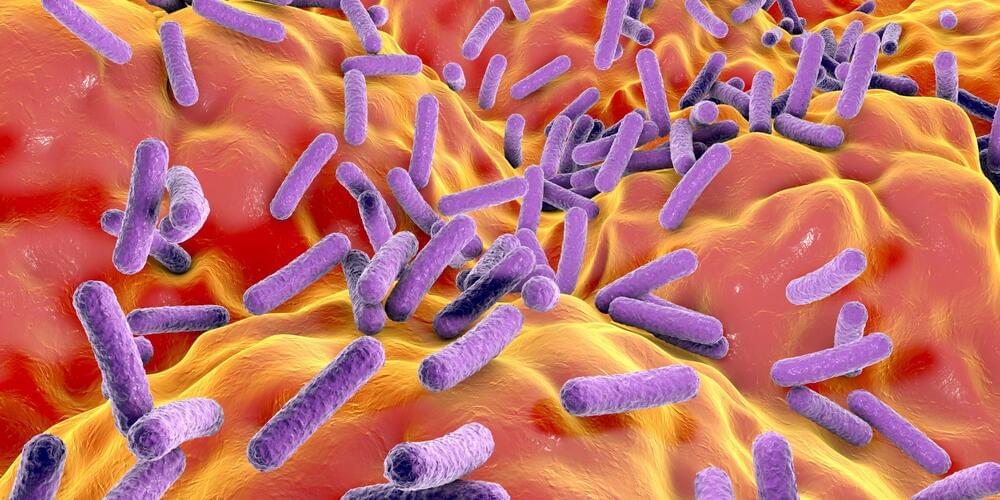
Researchers from Skaggs School of Pharmacy and Pharmaceutical Sciences at the University of California (UC) San Diego have discovered thousands of previously unknown bile acids, a type of molecule used by our gut microbiome to communicate with the rest of the body. The findings can build a better understanding of our gut microbiome and may lead to the development of therapeutics for diseases that are related to the gut microbiome such as type 2 diabetes, intestinal bowel diseases, and more.
The findings are published in Cell in an article titled, “The underappreciated diversity of bile acid modifications.”
“The repertoire of modifications to bile acids and related steroidal lipids by host and microbial metabolism remains incompletely characterized,” the researchers wrote. “To address this knowledge gap, we created a reusable resource of tandem mass spectrometry (MS/MS) spectra by filtering 1.2 billion publicly available MS/MS spectra for bile-acid-selective ion patterns.”
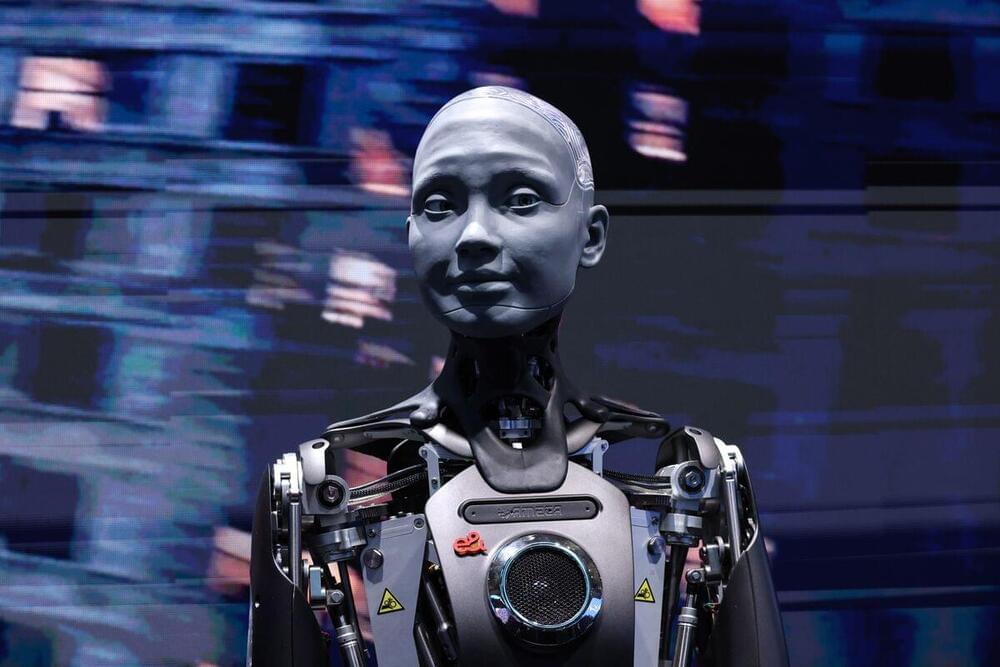
The third orbital test flight of the 400-foot-tall megarocket could launch at around 8 a.m. EDT.
The show on Tuesday night was an abstract light show partially designed with AI.

A new industrial-scale ‘sand battery’ has been announced for Finland, which packs 1 MW of power and a capacity of up to 100 MWh of thermal energy for use during those cold polar winters. The new battery will be about 10 times bigger than a pilot plant that’s been running since 2022.
The sand battery, developed by Polar Night Energy, is a clever concept. Basically, it’s a big steel silo of sand (or a similar solid material) that’s warmed up through a heat exchanger buried in the center, using excess electricity from the grid – say, that generated during a spike from renewable sources, when it’s cheap.
That energy can then be stored for months at a time, with reportedly very little loss, before being extracted as heat on demand. This could theoretically be converted back into electricity, although with some energy loss. But Polar Night says that the most efficient method is to just use the heat itself.

OpenAI CEO Sam Altman is seeking trillions of dollars in investments to overhaul the global semiconductor industry, The Wall Street Journal reported.
Altman has long talked of the supply-and-demand problem with AI chips — many AI giants want them, but there aren’t enough to go around — and that it limits OpenAI’s growth. He’s considering a project that would increase global chip-building capacity, according to a Thursday evening report in The Wall Street Journal, and is reportedly in talks with different investors, including the government of the United Arab Emirates.
Altman could need to raise between $5 trillion and $7 trillion for the endeavor, The Wall Street Journal reported, citing one source. CNBC could not confirm the number. OpenAI did not respond to a request for comment.
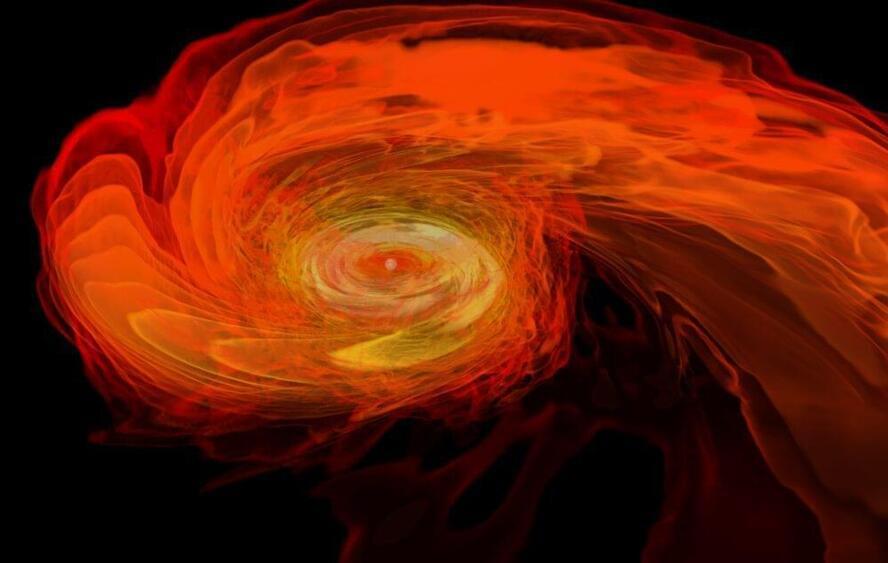
Breakthrough discovery puts astronomers one step closer to solving the mystery of the origin of elements that are heavier than iron. An international team of astronomers — including Clemson University astrophysicist Dieter Hartmann — obtained observational evidence for the creation of rare heavy elements in the aftermath of a cataclysmic explosion triggered by the merger of two neutron stars.
The massive explosion unleashed a gamma-ray burst, GRB230307A, the second brightest in 50 years of observations and about 1,000 times brighter than a typical gamma-ray burst. GRB230307A was first detected by NASA’s Fermi Gamma-Ray Space Telescope on March 7, 2023.
Using multiple space-and ground-based telescopes, including NASA’s James Webb Space Telescope, the largest and most powerful telescope ever launched into space, scientists were able to pinpoint the source of the gamma-ray burst in the sky and track how its brightness changed.
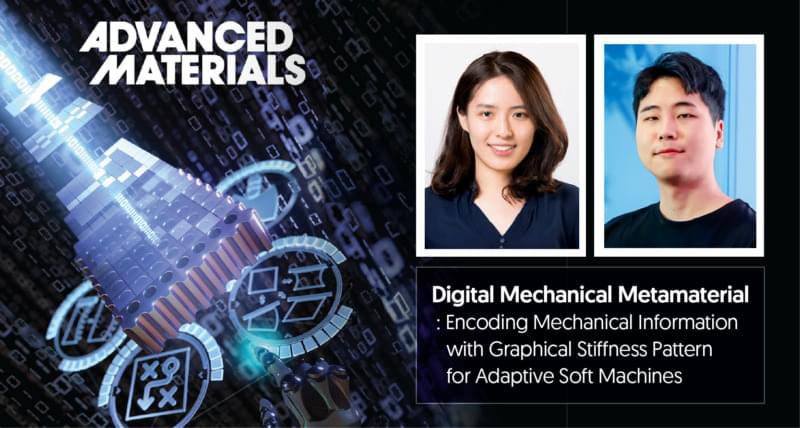
Engineers have unveiled an encodable multifunctional material that can dynamically tune its shape and mechanical properties in real time. Inspired by the remarkable adaptability observed in biological organisms like the octopus, a breakthrough has been achieved in soft machines. A research team, led by Professor Jiyun Kim in the Department of Materials Science and Engineering at UNIST has successfully developed an encodable multifunctional material that can dynamically tune its shape and mechanical properties in real-time. This groundbreaking metamaterial surpasses the limitations of existing materials, opening up new possibilities for applications in robotics and other fields requiring adaptability.
Current soft machines lack the level of adaptability demonstrated by their biological counterparts, primarily due to limited real-time tunability and restricted reprogrammable space of properties and functionalities.
In order to bridge this gap, the research team introduced a novel approach utilizing graphical stiffness patterns.